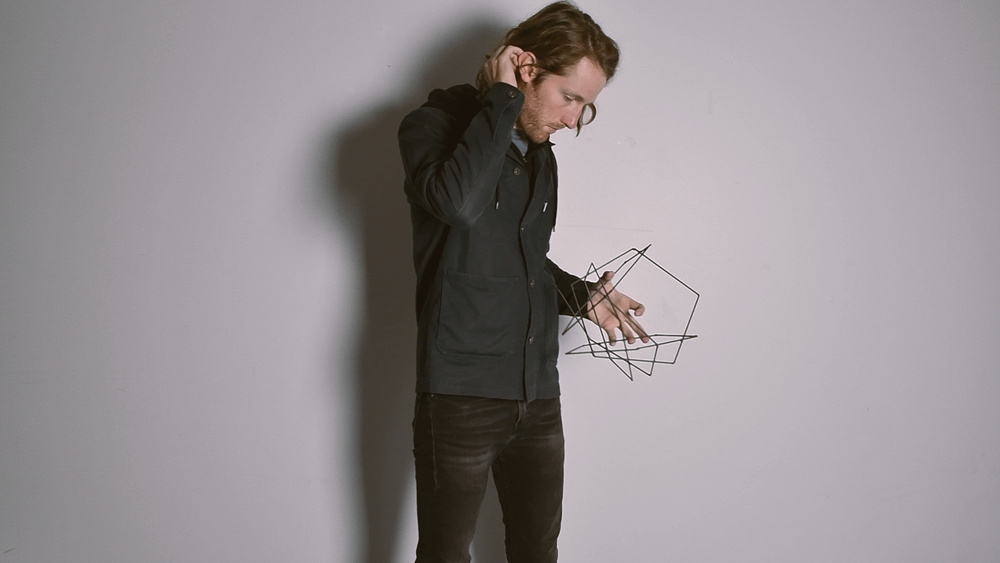
Beautiful Data
When visual artist and UC Santa Barbara media arts and technology scholar Mark Hirsch envisions global carbon flux, his audience sees tiny pinpricks of light gently pulsing across a three-dimensional representation of the Earth. And when he visualizes animal migrations, they see swirling shapes twisting and flowing around each other.
Who knew data could be so beautiful?
“My work visualizing scientific concepts took shape after a series of fortuitous interactions with graduate students in the ecology, evolution and marine biology program at UCSB,” said Hirsch, a doctoral student in the labs of Jennifer Jacobs and Yon Visell. “These researchers were interested in communicating their data in more immersive, experiential ways and my background in technology was a good fit for exploring that space.”
What began as a couple of collaborations became an ongoing effort to visualize natural concepts that are at the edge of our everyday eyes and ears: the way multitudes of tiny phytoplankton each influence the balance of oxygen and carbon in the air in his work fLUX, or the unexpected emergent phenomena even in the presence of rigid control, in his work 3.34.
Now, Hirsch has his sights on perhaps the most difficult to see — and fundamental — concepts of them all: the Standard Model. As the Fermi National Accelerator Laboratory’s (Fermilab) 2021-22 artist-in-residence, Hirsch is tasked with taking on scientists’ best theory yet to describe the building blocks of the universe, and perhaps pushing even those boundaries. He’s working with scientists at the nation’s premiere particle physics laboratory to gain inspiration on the mysteries of matter, energy, space and time.
“One aspect of the work being done at Fermilab that excites me is the idea of representing aspects of our universe that operate at scales beyond our perception,” he said. “For example, the Muon g-2 experiment involves exploring the interactions between muons and virtual particles that aren’t directly subject to measurement — and certainly aren’t a part of everyday experience. I love the idea of embodying these intangible objects as visual and physical artifacts.”
“For the past two years, I’ve been fortunate to collaborate with Mark,” said Jacobs, an assistant professor at UCSB’s departments of media arts and technology and of computer science, and one of Hirsch’s advisors. “During this period, he has distinguished himself as an interdisciplinary artist and researcher with both creative vision and drive. Developing custom technological tools, methods and materials in his research has allowed Mark to create new forms of sculpture and performance in his art practice, while also making contributions to engineering research venues. He’s also a wonderful team member and a great mentor for the junior students in my lab. Any organization or institution Mark works with in the future is extremely fortunate to have him.”
To accomplish his mission, Hirsch will be leaning heavily on his technology background. His Ph.D. work has involved building many of the software and design tools he utilizes when creating his data visualizations.
Collaboration is also a key component for Hirsch, who has been in discussions with Fermilab scientists in a quest for interesting data sets.
“He sees the world in a very contemporary light,” said Georgia Schwender, Fermilab’s art gallery curator and founder of the artist-in-residence program. “He’s really exploring ways that coding and art can combine to convey complex topics like science and math. I’m looking forward to seeing how he transforms data from Fermilab.”



